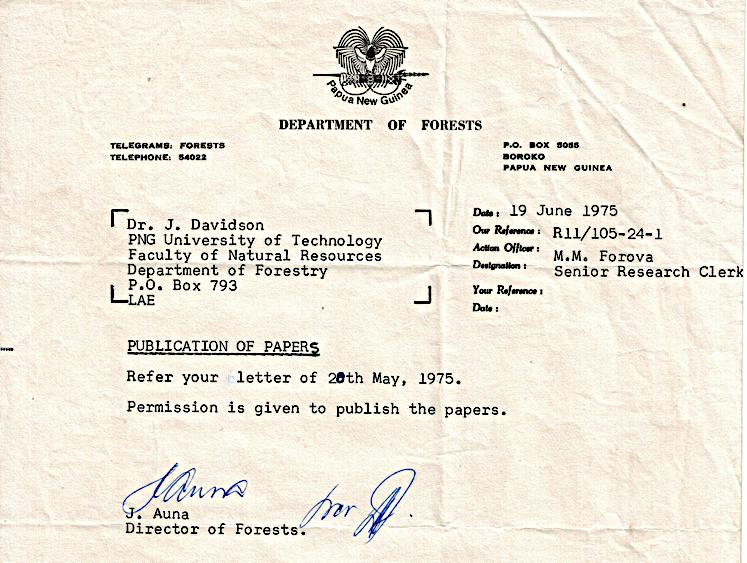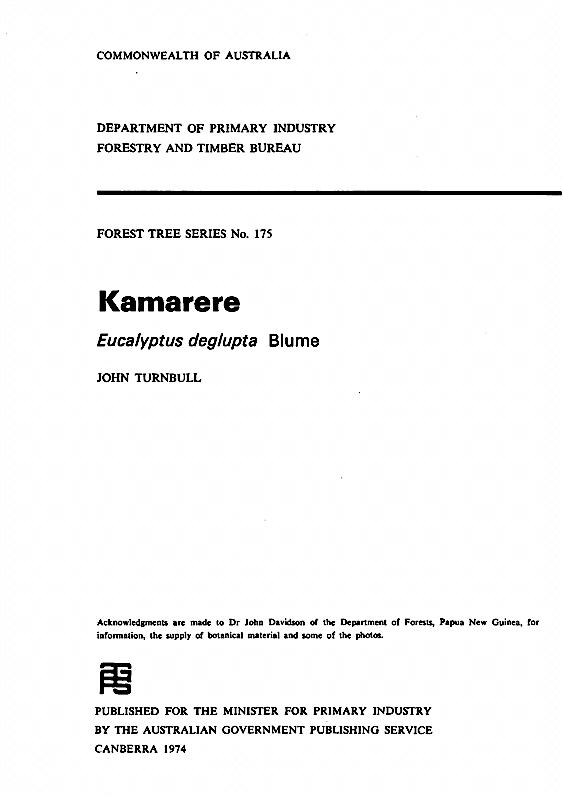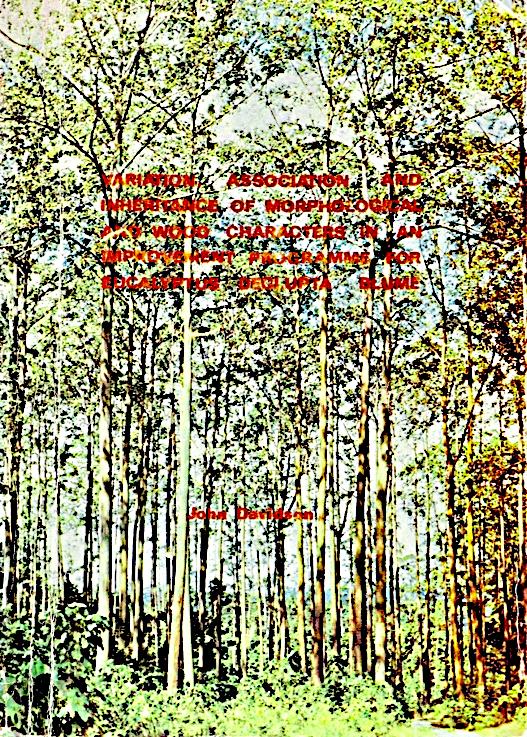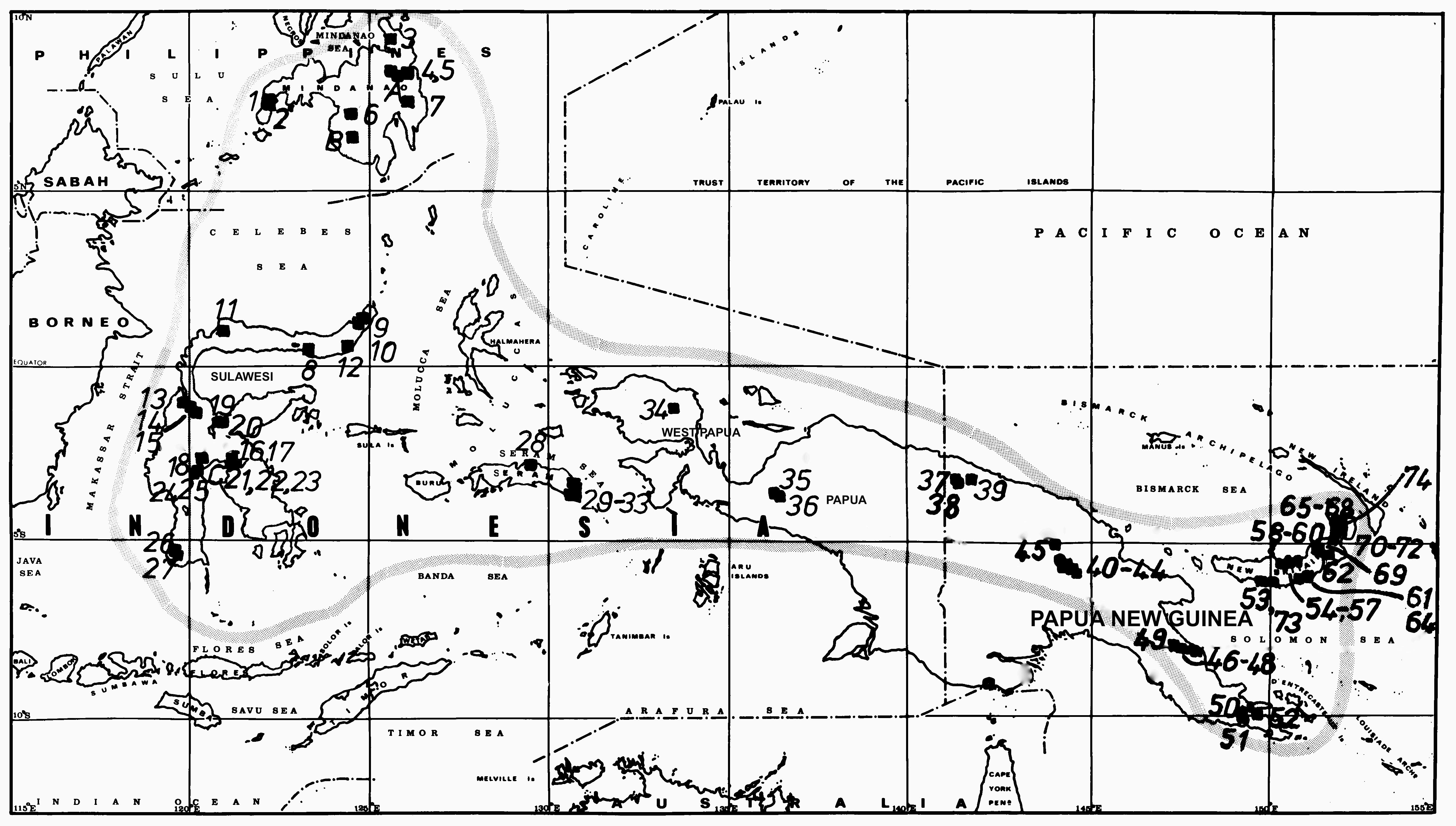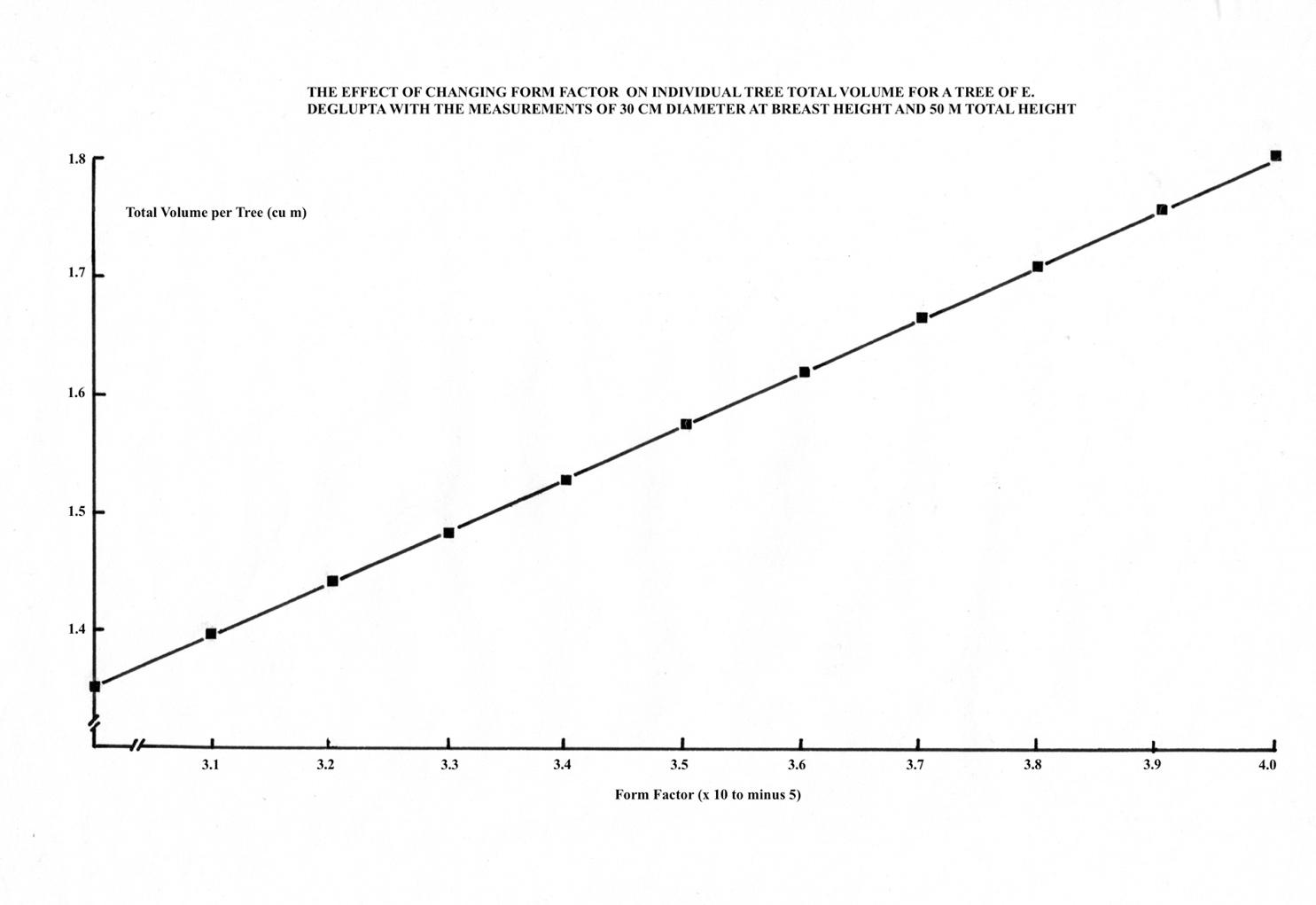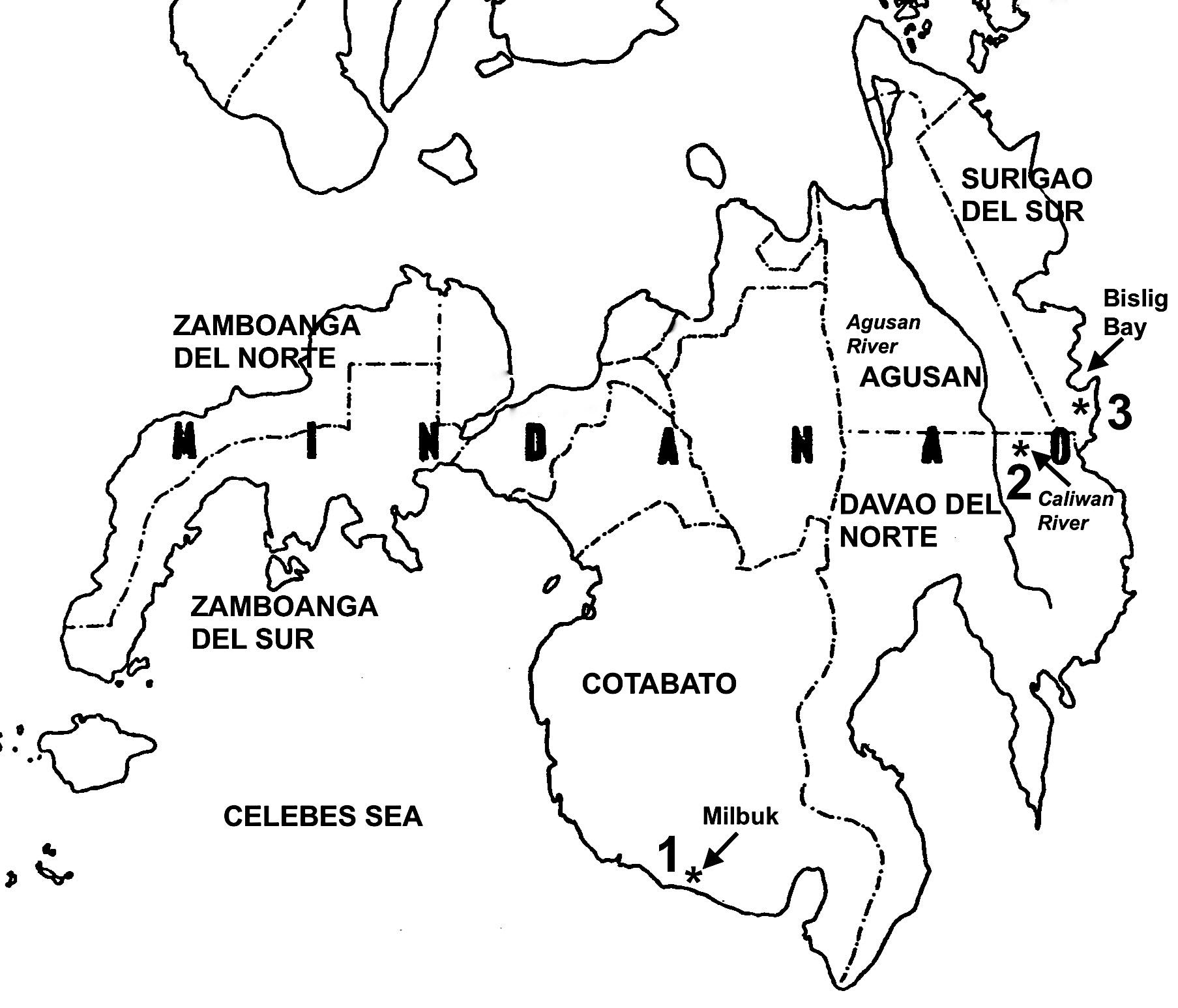
8 minute read
July – Oct 1974: Vegetative propagation of epicormic and coppice shoots of E. deglupta
from PNGAF MAG ISSUE # 9 B-5B4D3 Dr John Davidson Accompaniment "RAINBOW EUCALYPT MAN" Part 6 of 8 parts
by rbmccarthy
380 m was particularly significant. Lignotuberous eucalypt species are good and reliable coppicing species. The prospect of creating a fast-growing, reliably coppicing hybrid such as E. deglupta♀ x (E. alba♀ x E. “decaisneana”♂) with clonal selection and mass propagation of elite clones by cuttings was exciting for me at the time but was not able to be realised as I relinquished my post as Officer-in Charge of the Forest Research Station and left Bulolo for the final time for Lae in December 1975 to take up the post of Head of the Department of Forestry at the Papua New Guinea University of Technology.
14
Advertisement
July – Oct 1974: Vegetative propagation of epicormic and coppice shoots of E. deglupta
For vegetative propagation of epicormic and coppice shoots of E. deglupta to be useful, reliable methods of predicting or alternatively inducing the occurrence of these types of shoots, were required. As there appeared to be no easy objective method of predicting epicormic or coppice growth, means of artificial stimulation were trialed.
General control on the development of buds in plants was known at the time to be exercised by hormones (otherwise known as “growth substances”). There may have been two or more substances involved but for convenience they usually were known by the single term, “auxin”. Auxin was produced in the leaves and buds of trees, and translocated within them to other locations. A minute quantity of auxin was known to have a profound effect on living plant tissues and its action in eucalypts was particularly significant. Auxin inhibited the development of the dormant bud strands preventing the growth of epicormic shoots while the crown and translocation system of the tree remained intact. Hormones were also known to move in response to gravity and light.
15
Therefore, some possible methods of induction of epicormics in E. deglupta were: (a) Ring barking or frilling of the stem (to prevent the flow of bud inhibiting hormone from the crown allowing dormant buds to develop), (b) Bending the stem to horizontal (gravity would cause a reduction in the concentration of bud inhibiting hormone on the top side of the stem and allow the dormant buds there to develop), (c) Thinning of nearest neighbour trees (increased light on one side of the stem would cause the auxin concentration to be lowered, thus allowing the dormant buds to develop on that side),
14 At the time this was a unique and unusual appointment, strongly supported by the then Director of Forests J Auna, to continue to assist in the development of the new forestry degree course at the University. I had successfully applied for and been confirmed in the post of Foundation Chairman and Professor of Forestry in November 1975, but continued on secondment from the PNG Public Service as a Forest Officer Class 4 from December 1975 until 16 June 1976, with my Forest Officer Class 4 salary topped up to Head of Department level by the University. I left the PNG Public Service with the full benefits of the Employment Security Scheme and moved wholly onto a University Professorial contract from 16 June 1976. 15 A reference much consulted at the time was: Curtis O F and Clark D G 1950 An Introduction to Plant Physiology, McGraw-Hill and I also had the benefit of what I had learnt about plant hormones in my science botany major at the UNE.
(d) A combination of (a) with addition of chemical hormones to further stimulate shoot development.
A stand of E. deglupta (2 ha) growing in a plantation sixteen years of age at Keravat was selected and thinned from 250 stems per hectare (sph) down to 100 sph leaving the dominants. Ten trees were chosen randomly and marked as controls. Thirty randomly chosen trees were frilled using an injecting axe (left) while applying three different treatments.
The ten control trees were injected with distilled water (about 10 ml per tree), ten were injected with about 10 ml of a solution containing 50 parts per million (ppm) of indole-3-acetic acid and the remaining ten with about 10 ml of 30 ppm gibberellic acid. All frills were made on only half of the bole circumference, on the sunny side and within 0.5 m of the ground. The cuts penetrated at least 2 cm into the wood.
Staff at Keravat, K D Romijn (OIC Keravat) and Owen Poate (Acting OIC Keravat), monitored the trial from July through to October 1974.
Most of the frilled trees developed swellings above and below the cut and a wrinkled appearance to the bark adjacent to the swellings. Of the frilled trees, the number producing epicormics below the frill after four months were: Gibberellic acid: 2 out of 10 Indole-3-acetic acid: 5 out of 10 Water (control): 4 out of 10
Two of the controls produced epicormic shoots on the bole up to two metres above the ground, probably as a result of the opening up of the stand. The same reason may be why four of the controls produced epicormic shoots.

An epicormic shoot developed between the frill and the ground on a tree treated with indole-3-acetic acid.
In the same stand stumps left by the thinning were used to trial the induction of coppice on cut stumps. Twenty stumps (10 each) were treated with the two hormones in the same quantities and concentrations used in the frilling trial. The solution was brushed on the bark, cambial zone and the outer sapwood of the stump, using a new brush for each treatment. The entire cut surface was then smeared with a thin coat of grafting mastic. The remaining untreated stumps served as controls. Stump height varied from 10 to 30 cm.
All the treated stumps retained living bark for at least two weeks while the controls quickly dried out, the bark separating from the wood above ground level. Of the treated stumps only two each in the indole3-acetic acid and gibberellic acid treatments produced coppice shoots. The types of shoots produced from the treated stumps are illustrated. These shoots grew profusely for the first few weeks then some began to die off because of competition.


Left: Profuse growth of “ground coppice” from the root collar region. Right: Coppice shoots on a stump of E. deglupta 20-30 cm tall after 3 – 4 weeks.


Left: A group of coppice shoots arising from the one “epicormic knob” 15 cm above ground level. Right: Profuse growth of coppice shoots after one month on a stump treated with indole-3-acetic acid. After a few weeks some of these shoots begin to die off because of the effects of competition.

After four months of growth some of the induced coppice shoots had reached a height of more than three metres (left).
The area of attachment of these large shoots was relatively minute for their size. Also, wood-rotting fungi attacked the stumps.
In the tree improvement programme for E. deglupta, the establishment of clonal seed orchards has been carried out using scions taken from the upper crowns of selected trees 15 – 25 years of age (50 – 60 m tall) grafted on to seedling rootstocks.
Disadvantages of this method include: i) Scions need to be collected by shooting with a rifle, as trees of E. deglupta, at the age of selection, are too tall to climb safely.
ii) There is a risk of graft incompatibility when using “foreign” root stocks. iii) Grafting is a time consuming, labour intensive activity. iv) A large area of nursery space is required for growing vigourous stocks in large pots to a size suitable for grafting (1.5 m tall) and to store grafted plants until they are ready for the field (in 6-9 months).
The method of frilling described gave some promise for stimulating the growth of epicormic on trees selected for inclusion in a tree improvement programme. Provided only half or less of the circumference of the lower bole was frilled, the technique was non-destructive. Shoots could be collected after a few weeks and propagated as cuttings. Once an epicormic knob was formed several crops of shoots could be harvested from it. There was evidence that treatment with hormones would further stimulate the development of shoots.
Many of the disadvantages of grafting mentioned elsewhere were removed because: i) All work could be carried out quickly at ground level with little labour and materials. ii) Cuttings were simple to harvest and prepare, required little attention and only a small amount of nursery space. iii) Cuttings grow their own roots, so issues with scion-stock incompatibility do not arise.
The treatment of cut stumps to induce coppice would lead to the same end result except that the felling of the tree potentially ends its life, whereas the frilling treatment on half or less of the circumference of the trunk usually allows the tree to go on living.
At the time, these techniques were not considered to have any potential for enabling plantations of E. deglupta to be grown on a commercial coppice regeneration system over several rotations as the growth of the coppice shoots, even with hormone treatment, was too unreliable. The coppice was rarely firmly attached and under the ever-wet tropical lowlands weather conditions fungi invaded the stump before the cut surface was occluded.
In addition, it was considered too risky to frill the selected elite trees, as they were too valuable to lose. Therefore, collection of half-sib seed and scions for grafting remained the available options for propagation of mature elite trees of E. deglupta.

